Helion Energy has contractually committed to delivering fusion electricity energy to Microsoft in 2028. Helion Energy (based in Washington State near Microsofts head office) agreed to provide Microsoft with at least 50 megawatts of electricity from its planned first fusion power plant, starting in 2028. Fifty megawatts is enough electricity to power a data center or factory, said David Kirtley, Helion’s CEO. Helion Energy has received over $570 million in funding and commitments for another $1.7 billion to develop commercial nuclear fusion.
David Kirtley discusses the science and scaling at Helion Energy.
7th prototype Polaris
Helion’s seventh-generation prototype, Project Polaris was in development in 2021, with completion expected in 2024. The device was expected to increase the pulse rate from one pulse every 10 minutes to one pulse per second for short periods.
The goal is to increase the pulse rate to one per second and then to 10 shots per second. This will be 600 to 6000 times more frequent than the previous prototype.
They have already built smaller steady state capacitor systems that have sustained hundreds of shots per second. Helion has had low pulse rate high power systems and high pulse rate low power systems. The Polaris system will bring this together with high pulse rate high power systems.
8th prototype Antares
As of January 2022, an eighth prototype, Antares, is in the design stage.
Hitting the goals for the Microsoft obligations. Helion Energy will need to make Polaris work at 10 pulses per second and then make Antares work with Polaris energy generation and Antares energy capture.
6th system is working at about 10 kEV (10 thousand electron volts). Over 10,000 shots.
7th system will work at 20 kEV. Want to have it operating by the end of 2023.
8th or 9th systems to get to the ideal operating levels of 100 kEV.
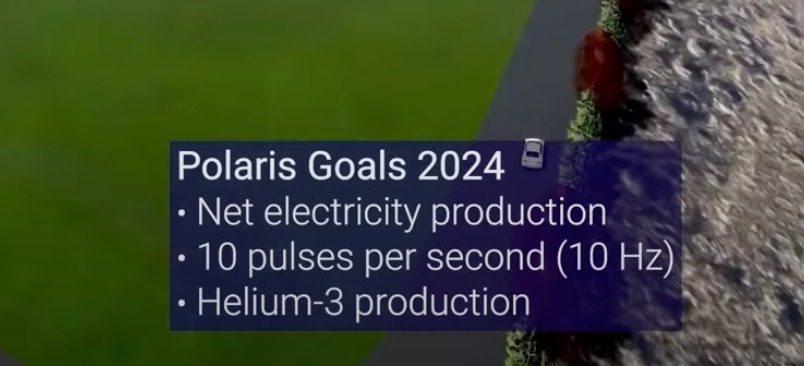
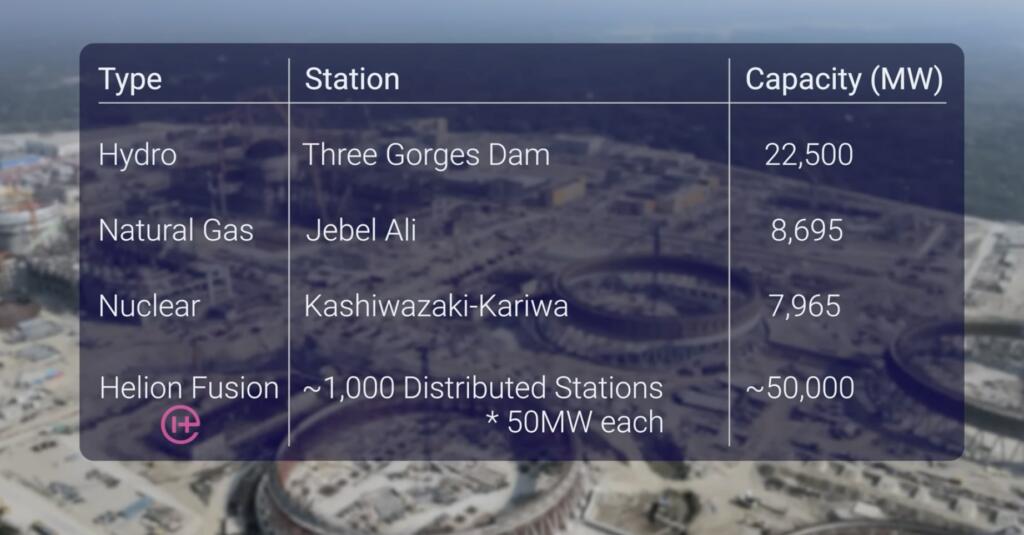
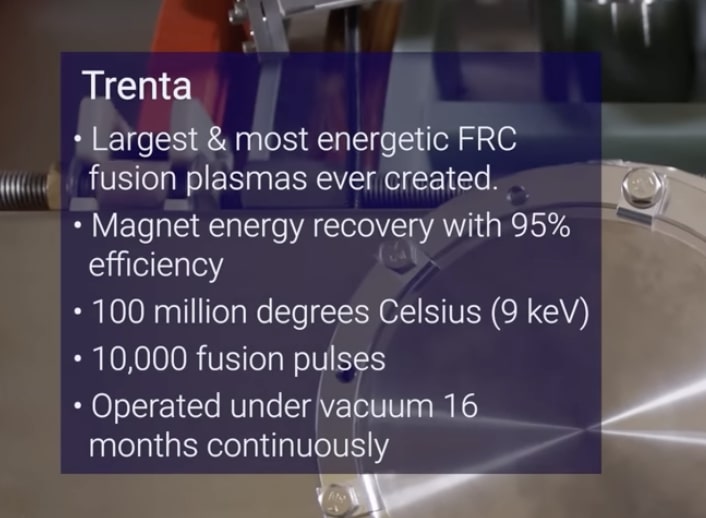

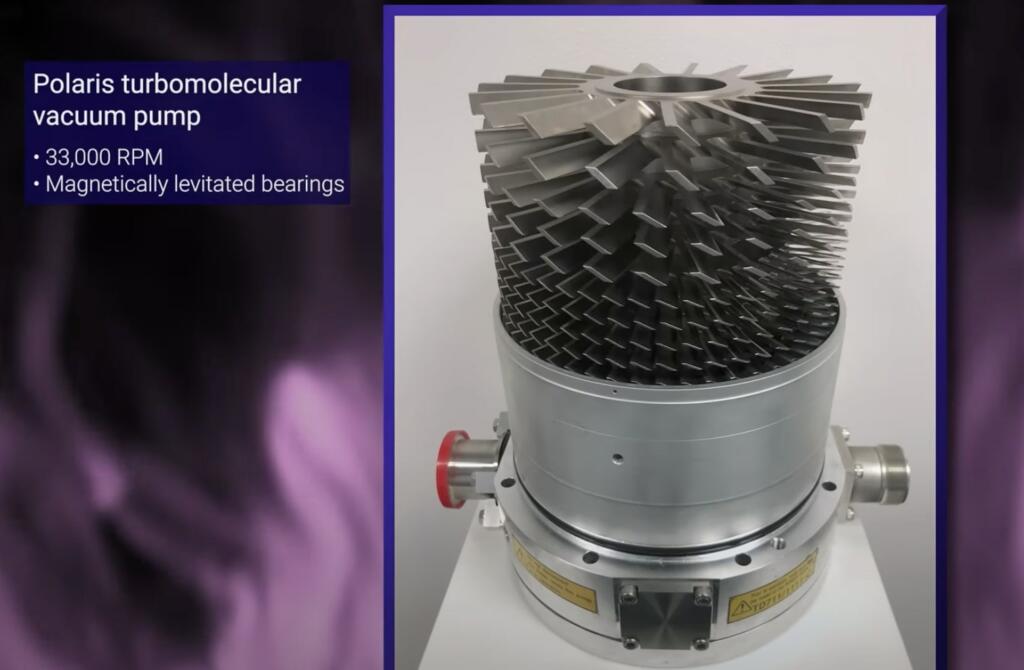



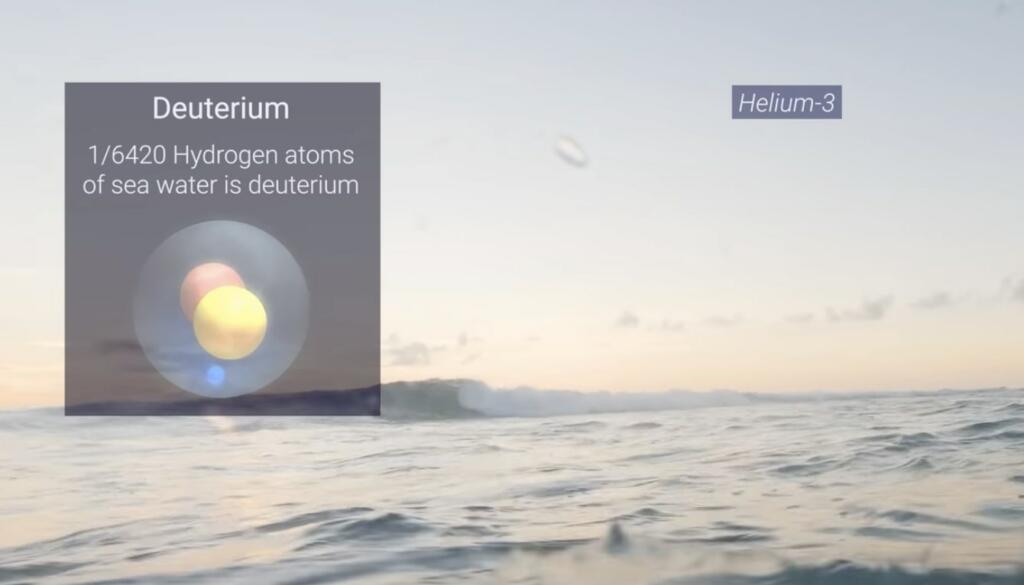





Brian Wang is a Futurist Thought Leader and a popular Science blogger with 1 million readers per month. His blog Nextbigfuture.com is ranked #1 Science News Blog. It covers many disruptive technology and trends including Space, Robotics, Artificial Intelligence, Medicine, Anti-aging Biotechnology, and Nanotechnology.
Known for identifying cutting edge technologies, he is currently a Co-Founder of a startup and fundraiser for high potential early-stage companies. He is the Head of Research for Allocations for deep technology investments and an Angel Investor at Space Angels.
A frequent speaker at corporations, he has been a TEDx speaker, a Singularity University speaker and guest at numerous interviews for radio and podcasts. He is open to public speaking and advising engagements.


Somes mistakes there:
1. Antares is NOT the name of the 8th fusion machine, they will build. It is the name of their manufacturing and assembly building in Everett (the big building next to the Polaris building).
The machine after Polaris is as of yet unnamed.
2. They are aiming for 20 to 30 keV for their initial power plants. The reason is that this is the range where D-D reactions have a small sliver where they are net positive and they need more D-D and fewer D-He3 reactions (2:1 ratio) to make their fuel cycle close. Eventually they might go for higher temperatures but that might be with a variation of the concept where they have separate He3- breeders and pure D-He3 machines.
But D-D generates either high energy neutrons, or creates Tritium that also fuses with Deuterium which in turn create high energy neutrons. Then the question is how do they protect their sophisticated magnets and electronics from damage from all those neutrons?
IIRC their goal is to make 3He breeders and generate power with D-3He machines. If not, so long as the components produce enough electricity for the grid at a low enough cost, Helion could treat their fusion devices as disposable.
These people are the Elizabeth Holmes of Fusion Energy
Do we know who at Microsoft pushed this deal through?
Perhaps they asked Chat-Gpt.
Perhaps Chat-Gpt asked them….
The CEO of Chat GPT invested $350 million in Helion
So… lots of evidence that they can make the electronics work.
Any clear evidence that their approach actually does the fusion?
I think the chance of commercial fusion being a reality in the next decade is very high.
The fusion industry association has several startups aiming for that.
Aside from Helion, there are Zap, Commonwealth Fusion Systems, Tokamak Energy, General Fusion and TAE and a few others…
I think they have a high chance of achieving engineering breakeven in the next decade, with one device or another. (Aneutronic fusion looks like much more of a long shot, though.)
Being economically competitive as an Earthly power source, on the other hand, seems much less likely. The hardware is extremely expensive and finicky compared to fission power, and you’re still dealing with neutrons, which gives the Greens in government an excuse to treat it to the same war by regulation.
Really, they’re only permitting the research now so that they can continue to pretend that they’re not opposed to all forms of nuclear power, just all forms that actually WORK. Should anybody get fusion working, the truce is over.
Now, if they can reach engineering breakeven with these devices, they look really attractive in space, as modified for use as rocket engines. That isn’t nearly as dependent on the economics as a power source.
Though, realistically, even there fission looks technically superior, or to be specific, Pulsed Fission-Fusion,, as reported by Brian back in December of 2019.
NRC commissioners recently decided unanimously to regulate fusion like particle accelerators instead of like fission reactors.
> fusion will be regulated under Part 30 of the Code of Federal Regulations, Jeff Merrifield, a former NRC commissioner, told CNBC. The regulatory structure for nuclear fission is under Part 50 of that code.
> “The regulatory structure needed to regulate particle accelerators under Part 30, is far simpler, less costly and more efficient than the more complicated rules imposed on fission reactors under Part 50,” Merrifield told CNBC.
> “By making this decision to use the Part 30, the commission recognized the decreased risk of fusion technologies when compared with traditional nuclear reactors and has imposed a framework that more appropriately aligns the risks and the regulations,” he said.
https://www.cnbc.com/2023/04/20/nuclear-fusion-will-not-be-regulated-the-same-way-nuclear-fission-is.html
And rapid advancements in other countries.